Massachusetts has a rich and tumultuous history of hurricanes, marked by devastating storms that have shaped the state’s coastal communities and landscapes.
From the infamous Great New England Hurricane of 1938 to more recent events like Hurricane Sandy in 2012 and Hurricane Henri in 2021, these powerful tropical cyclones have indelibly impacted Massachusetts.
With its extensive coastline along the Atlantic Ocean, Massachusetts remains susceptible to the destructive forces of hurricanes, highlighting the need for robust disaster preparedness, resilience planning, and coastal management strategies.
In exploring Massachusetts’ hurricane history, we delve into notable storms, their impacts, and the lessons learned from these natural disasters.
Massachusetts’ Susceptibility to Hurricanes
Despite its northern location, Massachusetts is susceptible to hurricanes due to its extensive coastline along the Atlantic Ocean.
The state’s geographical position exposes it to tropical cyclones originating from the warm waters of the tropical Atlantic, especially during the Atlantic hurricane season, which runs from June 1 to November 30 each year.
Several factors contribute to Massachusetts’ vulnerability to hurricanes:
Coastal Geography
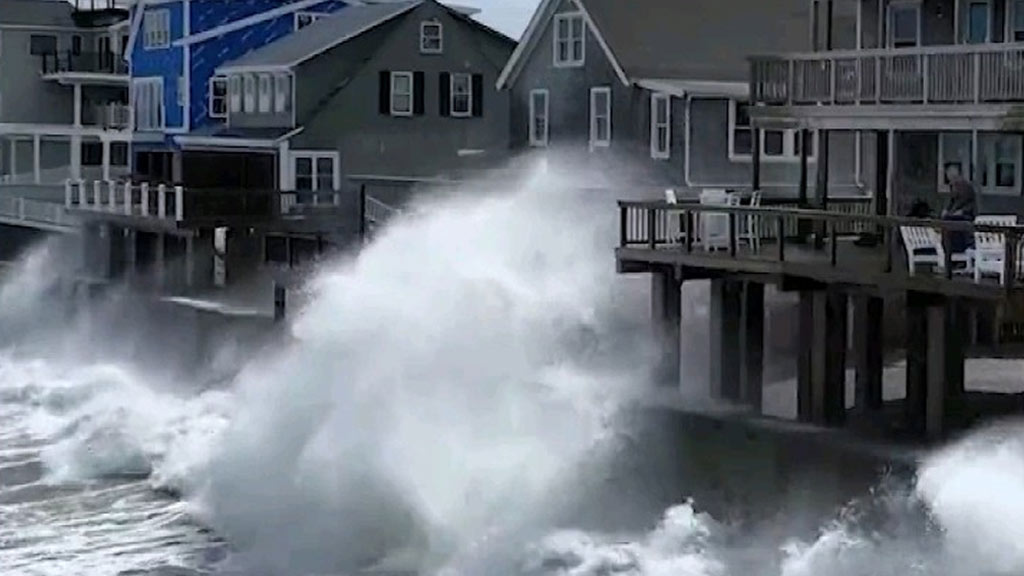
Massachusetts boasts a diverse coastal geography, including barrier islands, marshes, estuaries, and densely populated urban areas along the coastline.
These features make it susceptible to storm surges, coastal erosion, and flooding during hurricanes.
Warm Gulf Stream Waters
Hurricanes gain strength from warm ocean waters, particularly those of the Gulf Stream, which flows along the eastern seaboard of the United States.
As hurricanes track northward, they can tap into these warm waters, intensifying in strength before landfall in Massachusetts.
Historical Precedent

Massachusetts has a long history of experiencing hurricanes and tropical storms, with notable events such as the Great New England Hurricane of 1938 and Hurricane Bob in 1991 leaving lasting impacts on the region.
These historical precedents underscore the state’s vulnerability to hurricanes.
Changing Climate Patterns
Climate change contributes to the intensification of hurricanes and the rising sea levels, increasing the risk of storm surge and coastal flooding in Massachusetts.
Warmer ocean temperatures provide more energy for hurricanes to develop and maintain their strength as they move toward the coast.
Population Density and Infrastructure
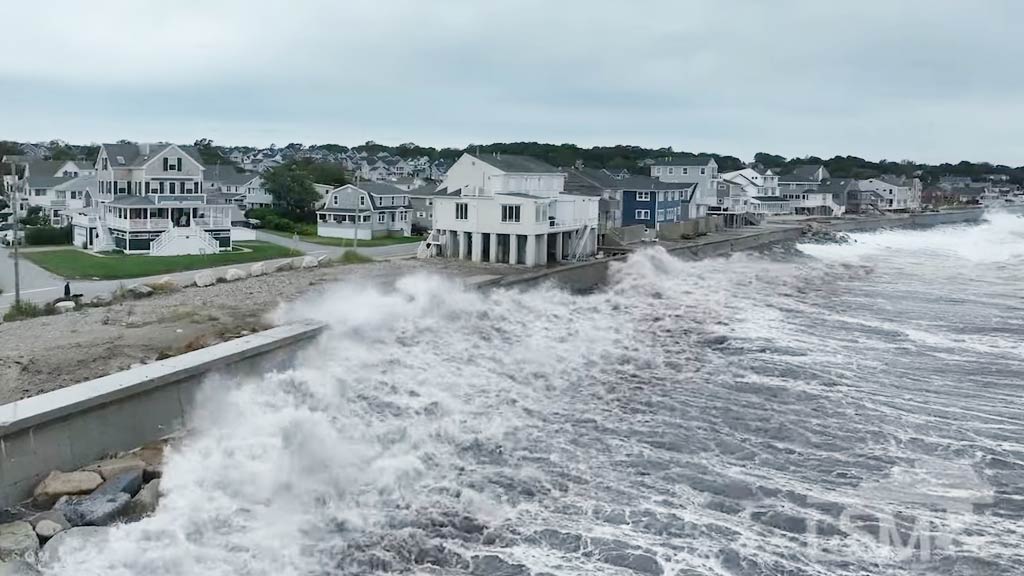
Massachusetts is one of the most densely populated states in the United States, with many people living in coastal communities.
The concentration of population and infrastructure along the coastline exacerbates the potential for damage and disruption from hurricanes.
Ecological Vulnerability
Massachusetts’ coastal ecosystems, including salt marshes, dunes, and barrier islands, provide natural buffers against storm surges and erosion.
However, these ecosystems are vulnerable to the impacts of hurricanes, which can result in habitat loss, shoreline erosion, and ecological disruption.
Given these factors, Massachusetts needs to prioritize disaster preparedness, resilience planning, and coastal management strategies to mitigate the risks posed by hurricanes.
This includes investing in early warning systems, improving infrastructure resilience, implementing land-use planning measures, and enhancing public awareness and education about hurricane hazards and evacuation procedures.
By taking proactive measures, Massachusetts can better prepare for and adapt to the increasing threat of hurricanes in the future.
Hurricane History Massachusetts
With its extensive coastline and diverse geography, Massachusetts has a long history of facing the wrath of hurricanes.
From the devastating Great New England Hurricane of 1938 to the more recent events like Hurricane Sandy in 2012 and Hurricane Henri in 2021, these storms have left a lasting impact on the state’s landscape and communities.
This comprehensive exploration delves into the annals of Massachusetts’ hurricane history, examining notable storms, their impacts, and the lessons learned from each.
Hurricane Bob (1991)
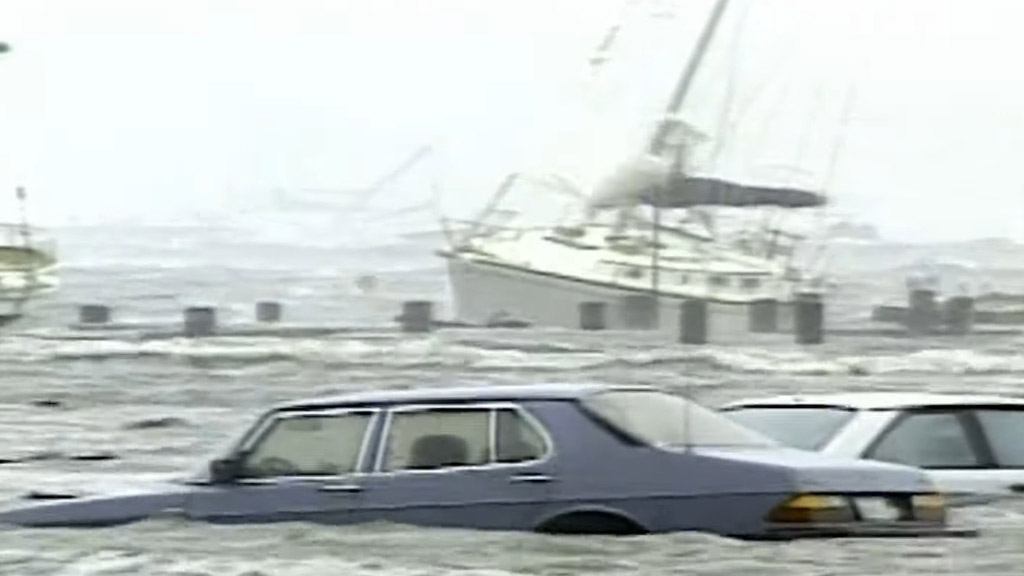
In August 1991, Hurricane Bob landed on New England’s southern coast, wreaking havoc across Massachusetts.
With wind speeds up to 115 mph, Bob caused extensive damage to infrastructure, homes, and natural habitats. Coastal areas experienced significant storm surges and flooding, exacerbating the destruction.
Throughout Massachusetts, over 100,000 homes lost power, and numerous roads were impassable due to fallen trees and debris.
The fishing industry, a vital component of the state’s economy, suffered heavy losses as boats were destroyed and harbors damaged.
However, despite the widespread devastation, Massachusetts’ robust emergency response systems helped mitigate the storm’s impact, and communities rallied together to rebuild in the aftermath of Bob.
1938 New England Hurricane

One of the most infamous hurricanes in Massachusetts’ history is the Great New England Hurricane of 1938. With wind speeds exceeding 120 mph, this powerful storm struck without warning, catching residents and authorities off guard.
The hurricane’s immense storm surge inundated coastal communities, causing catastrophic flooding and claiming hundreds of lives.
The 1938 hurricane left a lasting imprint on Massachusetts, reshaping its coastline and prompting significant infrastructure and disaster preparedness changes.
The devastation wrought by this storm served as a stark reminder of the region’s vulnerability to hurricanes and the importance of proactive measures to mitigate risks.
Hurricane Edna (1954)
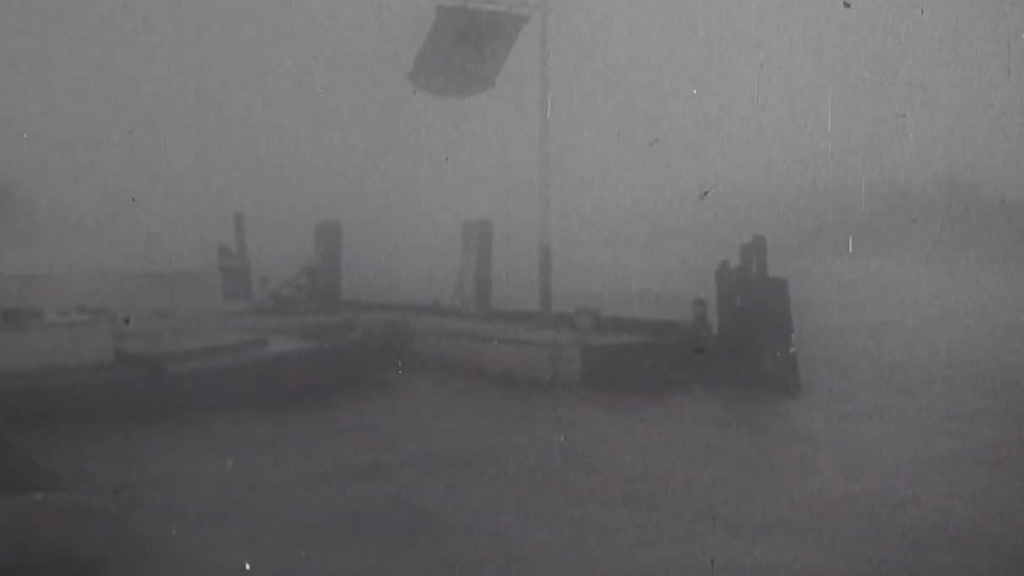
In September 1954, Hurricane Edna battered Massachusetts with fierce winds and torrential rains.
Coming on the heels of Hurricane Carol just days earlier, Edna further compounded the state’s woes, causing widespread destruction and disruption. Coastal areas bore the storm’s brunt, flooding inundating homes and businesses along the shoreline.
Edna’s impact extended inland, with solid winds toppling trees and power lines, leaving thousands without electricity. The agricultural sector suffered significant losses as the storm destroyed crops.
Despite the challenges posed by Edna, Massachusetts’ resilience and preparedness helped expedite recovery efforts, allowing communities to rebuild and rebound.
Hurricane Sandy (2012)
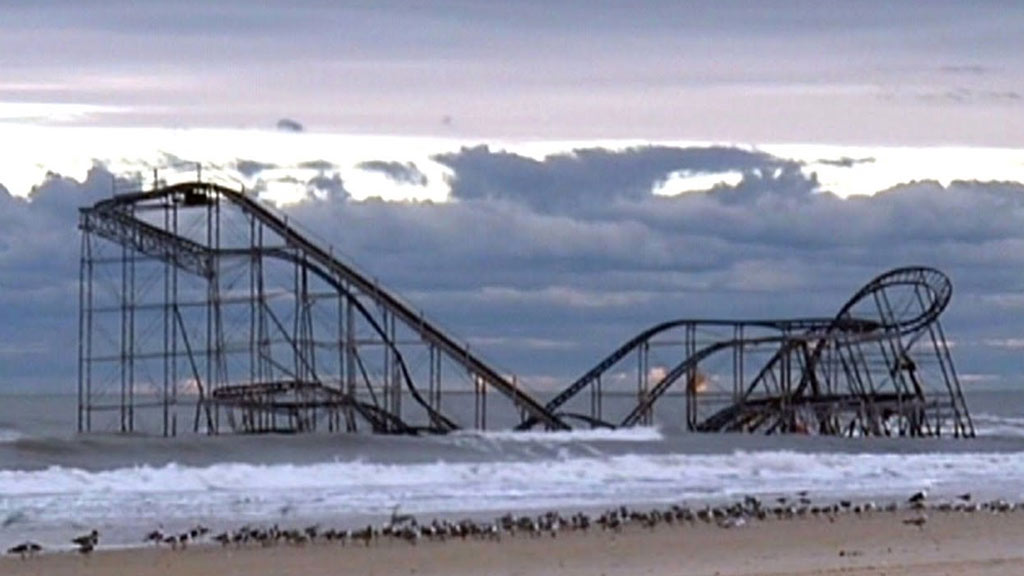
In October 2012, Hurricane Sandy, a massive storm spanning over 1,000 miles, made landfall along the East Coast, including Massachusetts.
While the state was spared Sandy’s wrath, it experienced widespread effects, including coastal flooding, power outages, and property damage.
The storm’s aftermath underscored the importance of climate change adaptation and resilient infrastructure in the face of increasingly severe weather events.
Massachusetts has since implemented measures to enhance coastal resilience and preparedness, recognizing the need to mitigate the impacts of future hurricanes and rising sea levels.
Hurricane Gloria (1985)
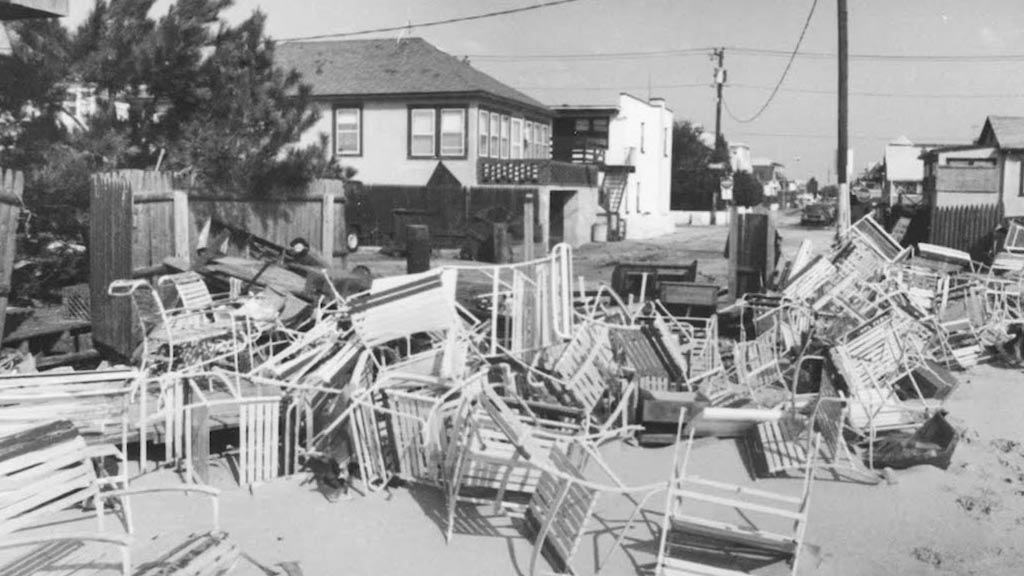
Hurricane Gloria roared ashore in September 1985, battering Massachusetts with powerful winds and heavy rain.
While the storm’s track shifted eastward, sparing the state from the worst of its fury, Gloria still inflicted significant damage, particularly along the coast.
Coastal erosion and flooding disrupted communities, while high winds downed trees and power lines, leaving thousands without electricity.
Despite the challenges posed by Gloria, Massachusetts’ emergency response systems and coordinated efforts helped minimize the storm’s impact and expedite recovery.
Hurricane Irene (2011)
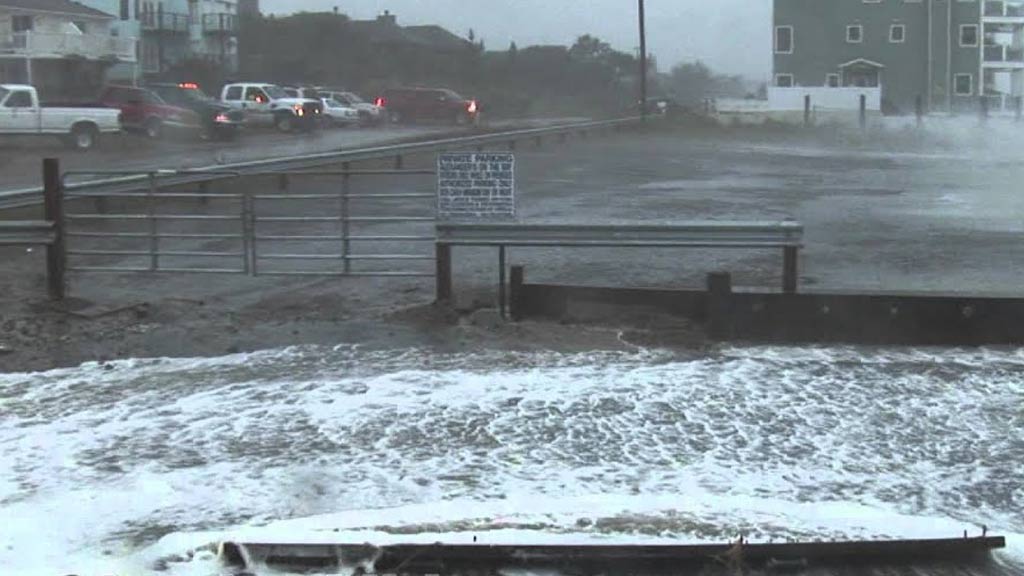
In August 2011, Hurricane Irene swept through Massachusetts, unleashing torrential rains and strong winds across the state.
While Irene had weakened to a tropical storm by the time it reached Massachusetts, it still caused extensive flooding and damage to infrastructure.
Rivers overflowed their banks, inundating homes and businesses, while roadways became impassable due to floodwaters and debris.
Irene’s impact underscored the importance of comprehensive floodplain management and emergency preparedness in mitigating the risks posed by hurricanes and tropical storms.
Hurricane Carol (1954)
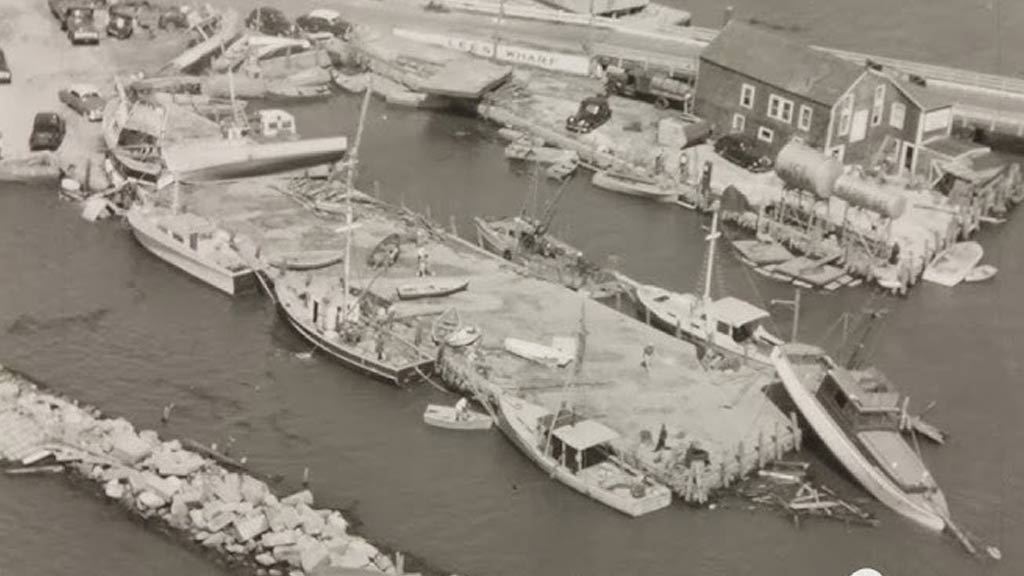
Hurricane Carol struck Massachusetts in August 1954, unleashing destructive winds and storm surge along the coast.
The storm’s ferocity caused widespread damage to homes, businesses, and infrastructure, leaving a trail of destruction in its wake. Coastal communities bore the brunt of Carol’s wrath, with storm surge flooding low-lying areas and eroding beaches.
In the aftermath of the storm, Massachusetts implemented measures to bolster coastal defenses and enhance emergency preparedness, recognizing the need to safeguard against future hurricanes.
Hurricane Henri (2021)
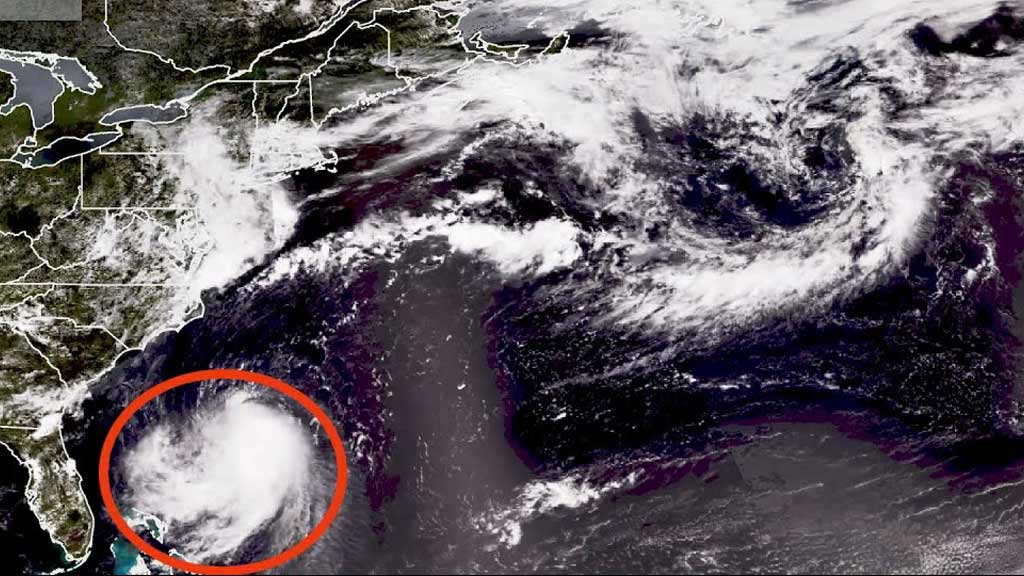
In August 2021, Hurricane Henri landed in Rhode Island, but its impacts were felt across Massachusetts. The slow-moving storm brought heavy rainfall and strong winds, triggering flooding and power outages in several regions.
Henri’s arrival served as a reminder of the ongoing threat posed by hurricanes and the importance of proactive measures to mitigate risks and enhance resilience.
Massachusetts invests in infrastructure improvements and disaster preparedness to safeguard communities against future storms.
Hurricane Belle (1976)
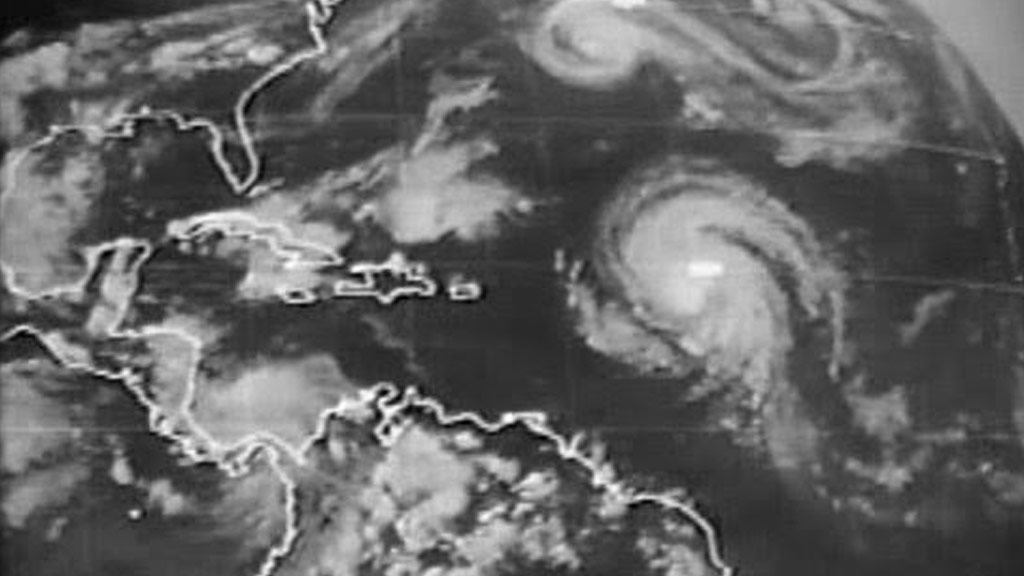
Hurricane Belle swept through Massachusetts in August 1976, bringing the region high winds and heavy rainfall.
While the storm’s impact was relatively modest compared to other hurricanes, it still caused localized flooding and property damage.
Belle served as a wake-up call for Massachusetts, highlighting the need for comprehensive hurricane preparedness and response plans.
The storm spurred efforts to enhance public awareness and emergency communication systems to protect residents better during future hurricanes.
1869 Saxby Gale
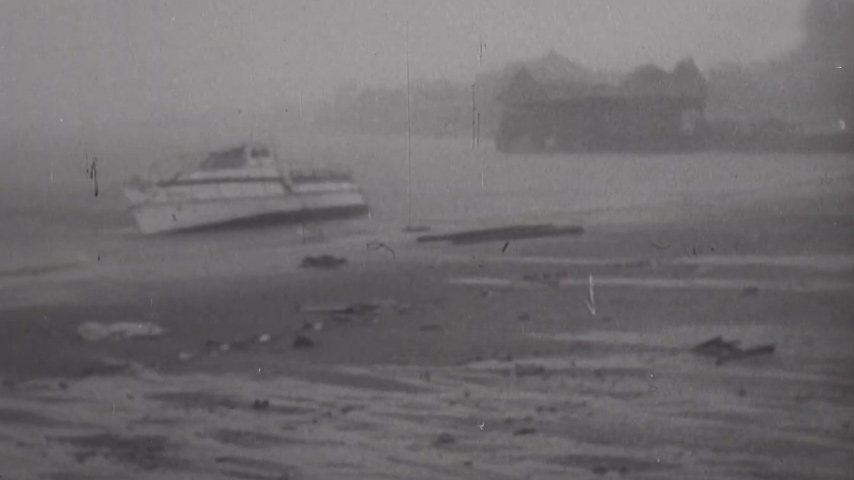
The Saxby Gale of 1869 ranks among the most devastating storms to strike Massachusetts in the 19th century.
Named after meteorologist John Saxby predicted its arrival, the gale brought hurricane-force winds and widespread destruction to coastal communities.
The Saxby Gale caused extensive flooding and erosion along the coast, destroying homes, harbors, and infrastructure. The storm’s impact was felt far inland, as rivers overflowed their banks, inundating low-lying areas and causing significant agricultural losses.
Tropical Storm Beryl (2006)
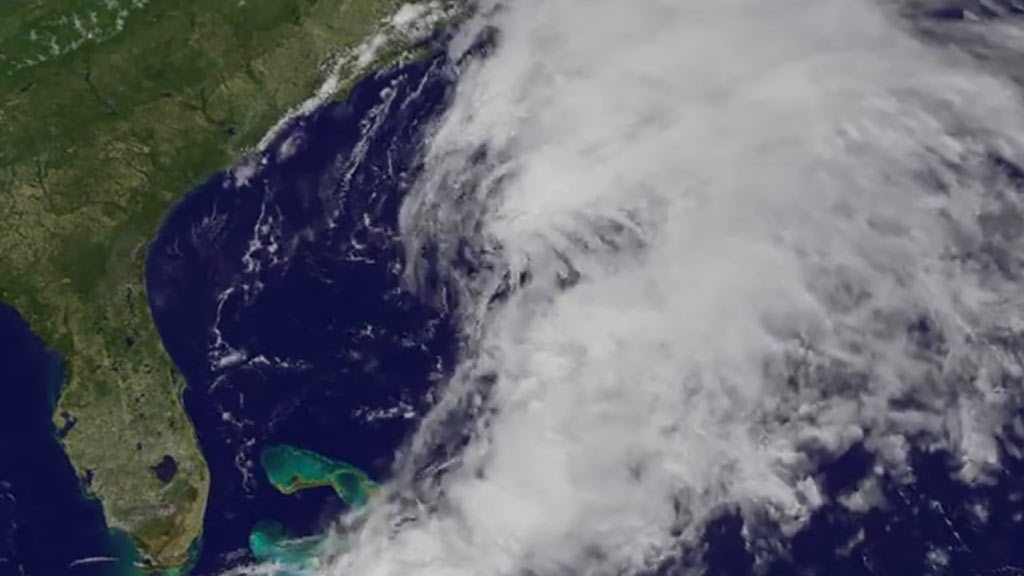
In July 2006, Tropical Storm Beryl landed on the Massachusetts coast, bringing heavy rains and gusty winds to the region.
While Beryl was not as powerful as a hurricane, it still caused localized flooding and disruptions to transportation and utilities.
The storm highlighted the need for comprehensive disaster preparedness and response plans, even for smaller-scale weather events.
Massachusetts continues to invest in resilience measures to mitigate the impacts of tropical storms and hurricanes on vulnerable communities.
Hurricane Charley (1986)
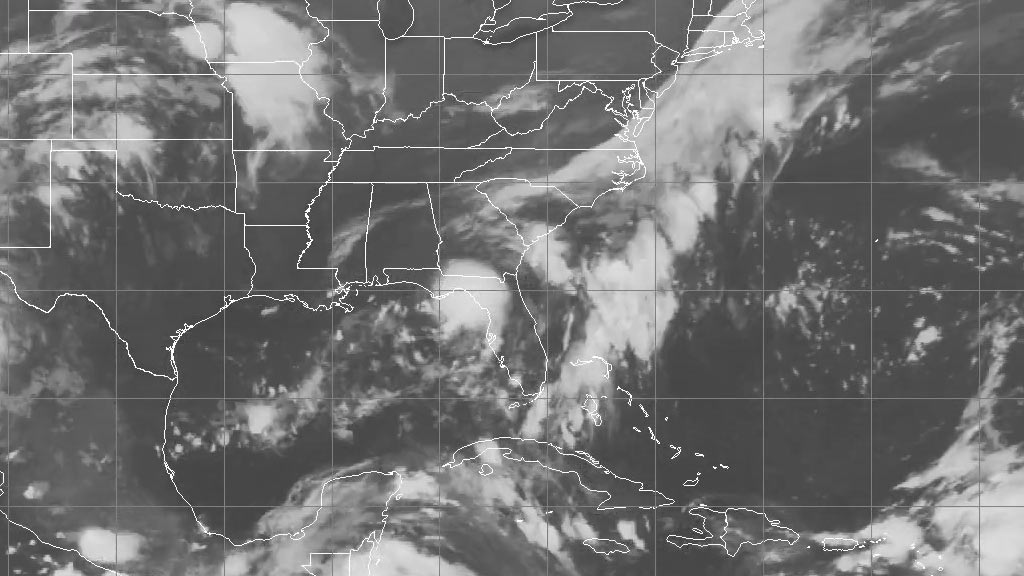
Hurricane Charley struck Massachusetts in August 1986, unleashing strong winds and heavy rainfall across the state.
While Charley’s impact was relatively moderate compared to other hurricanes, it still caused localized damage and disruptions.
Coastal areas experienced flooding and erosion, while inland regions grappled with downed trees and power outages.
Charley underscored the need for ongoing infrastructure resilience and emergency preparedness investment to protect against future storms.
Massachusetts’ hurricane history is replete with tales of resilience, adaptation, and lessons learned in the face of nature’s fury.
From the Great New England Hurricane of 1938 to more recent storms like Hurricane Henri in 2021, these events have
FAQs
What was the most devastating hurricane to hit Massachusetts?
The Great New England Hurricane of 1938 stands as the most devastating hurricane in Massachusetts’ history, causing widespread destruction, claiming hundreds of lives, and reshaping the state’s coastal landscape.
How does Massachusetts prepare for hurricanes?
Massachusetts prepares for hurricanes through comprehensive disaster preparedness plans, including early warning systems, evacuation procedures, and public awareness campaigns.
The state also invests in resilient infrastructure and coastal management strategies to mitigate the impacts of hurricanes.
How often does Massachusetts experience hurricanes?
Massachusetts experiences hurricanes periodically, with the frequency varying from year to year.
While significant hurricanes may occur less frequently, the state is susceptible to tropical storms and lesser hurricanes during the Atlantic hurricane season, which runs from June 1 to November 30.
What are the main impacts of hurricanes on Massachusetts?
Hurricanes in Massachusetts can result in coastal flooding, storm surge, strong winds, and inland flooding.
These impacts can lead to property damage, infrastructure disruptions, power outages, and loss of life, particularly in coastal and low-lying areas.
How has Massachusetts adapted to the threat of hurricanes over time?
Massachusetts has adapted to the threat of hurricanes through investments in disaster preparedness, resilience planning, and coastal management.
This includes implementing stricter building codes, enhancing emergency response capabilities, and promoting community resilience initiatives to withstand the impacts of hurricanes better.
Wrapping Up
Massachusetts’ hurricane history is a testament to the state’s resilience in the face of nature’s fury.
From the devastating Great New England Hurricane of 1938 to recent storms like Hurricane Sandy and Henri, Massachusetts has faced numerous challenges and learned valuable lessons.
Through proactive disaster preparedness, resilient infrastructure, and coastal management strategies, the state continues to mitigate the risks posed by hurricanes and adapt to the evolving threat of climate change.
As Massachusetts looks towards the future, it remains committed to safeguarding its communities, preserving its coastal ecosystems, and building a more resilient and sustainable future in the face of hurricanes and other natural disasters.
Naim Benmayor